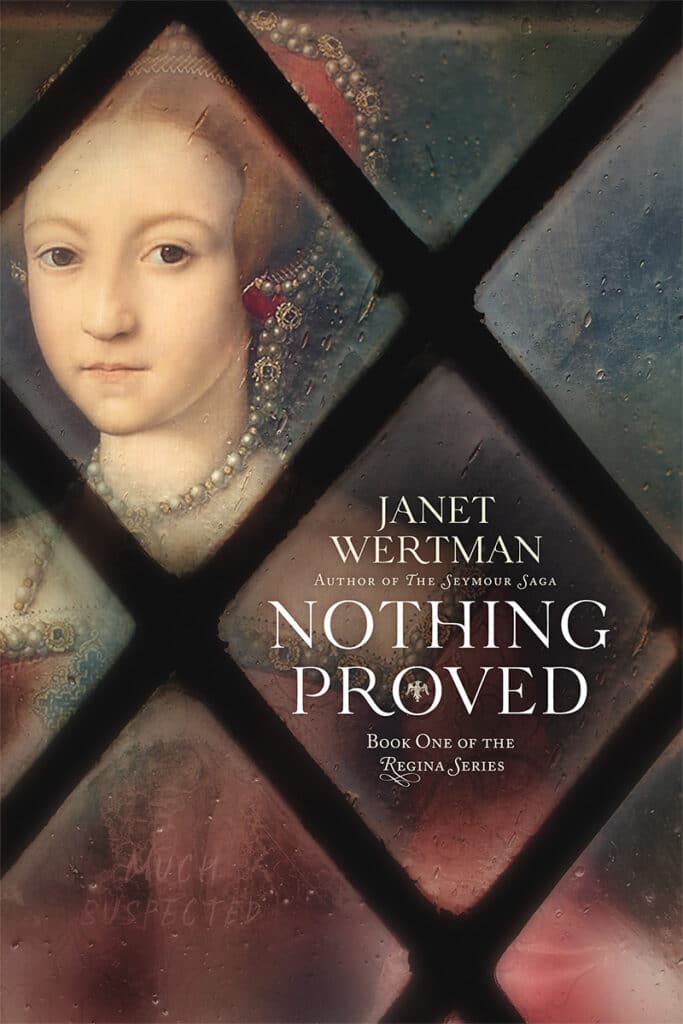
There is so much to unpack here…
Elizabeth had been brought to the Tower in March, accused of participating in Thomas Wyatt’s treasonous rebellion. Confined in the same rooms that had held Anne Boleyn before her execution, Elizabeth had maintained her innocence throughout harsh questioning. It helped that, despite all their efforts, the government had only two pieces of real “evidence” against her: Wyatt’s testimony that he had sent her a letter warning her to move to a safer location (her response: “Where is my reply?”), and servants’ admissions that she had indeed considered removing to Donnington Casle (this she first denied, but then switched to “Might I not visit all of my houses? Do any of you deny that it is a good thing to visit your properties?”). Both the Spanish Ambassador and Stephen Gardiner were urging Queen Mary to execute her anyway – but cooler heads insisted they needed to wait for more proof before a jury would find her guilty.
Then it all turned around. On the scaffold, Wyatt exonerated her fully, swearing just before the axe fell that she had never been party to the uprising. Shortly after that, they started bringing the other conspirators to trial. Nicholas Throckmorton was acquitted (the only known Tudor-era acquittal for treason!!) – and while the government immediately arrested the jurors in the case to discourage similar outcomes, two days later almost half the jurors in Sir James Croft’s trial voted to acquit him as well. At that point, the government realized they could not bring Elizabeth to trial without risking a similar result.
What comes next is a wild (admittedly unconfirmed) story that Stephen Gardiner tried to take matters into his own hands. Mary fell ill and while she was incommunicado in her rooms, he used his position as Lord Chancellor to sign Elizabeth’s death warrant. The Constable of the Tower was ready to fulfill his instructions, but Elizabeth convinced him that it was a trick: she had not been tried, and the warrant was not signed by the one person who was authorized to sign it – it would have been the Constable’s neck on the line. Sure enough, Gardiner responded to the confrontation by saying he had just delivering the warrant “for form” but without intending it to be used…
That was the point at which they had to release her. Admittedly, they kept her under house arrest at Woodstock, but at least she left the Tower. She was released on May 19, the same day her mother had been executed eighteen years earlier, falsely accused of sleeping with five men because Henry VIII wanted to marry again and did not want to leave an ex-wife running around. Talk about from darkness to light!
***
If you like my posts, you’ll love my books! Nothing Proved was released TODAY (so that Elizabeth could be released on the day Elizabeth was released) – and its available through all your favorite booksellers, including Amazon, Barnes & Noble, Kobo, or Apple!

I’m enjoying NOTHING PROVED! One question re. “the warrant was not signed by the one person who was authorized to sign it .” Am I correct to assume that this was Queen Mary?
You are indeed correct! (And so glad you are enjoying Nothing Proved!)